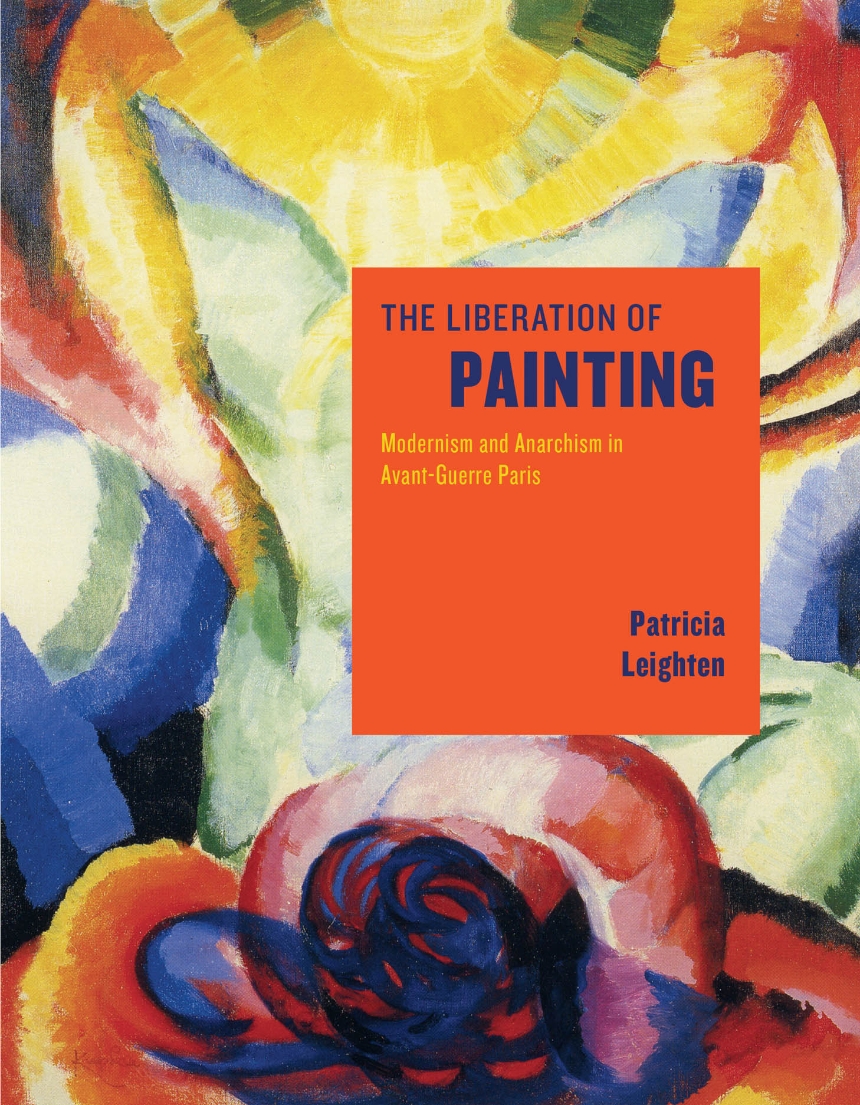The Liberation of Painting
Modernism and Anarchism in Avant-Guerre Paris
9780226471389
9780226002422
The Liberation of Painting
Modernism and Anarchism in Avant-Guerre Paris
The years before World War I were a time of social and political ferment in Europe, which profoundly affected the art world. A major center of this creative tumult was Paris, where many avant-garde artists sought to transform modern art through their engagement with radical politics. In this provocative study of art and anarchism in prewar France, Patricia Leighten argues that anarchist aesthetics and a related politics of form played crucial roles in the development of modern art, only to be suppressed by war fever and then forgotten.
Leighten examines the circle of artists—Pablo Picasso, Juan Gris, František Kupka, Maurice de Vlaminck, Kees Van Dongen, and others—for whom anarchist politics drove the idea of avant-garde art, exploring how their aesthetic choices negotiated the myriad artistic languages operating in the decade before World War I. Whether they worked on large-scale salon paintings, political cartoons, or avant-garde abstractions, these artists, she shows, were preoccupied with social criticism. Each sought an appropriate subject, medium, style, and audience based on different conceptions of how art influences society—and their choices constantly shifted as they responded to the dilemmas posed by contradictory anarchist ideas. According to anarchist theorists, art should expose the follies and iniquities of the present to the masses, but it should also be the untrammeled expression of the emancipated individual and open a path to a new social order. Revealing how these ideas generated some of modernism’s most telling contradictions among the prewar Parisian avant-garde, The Liberation of Painting restores revolutionary activism to the broader history of modern art.
248 pages | 32 color plates, 99 halftones | 8 1/2 x 11 | © 2013
Art: Art Criticism, European Art
History: European History
Reviews
Table of Contents
List of Illustrations
Preface and Acknowledgments
Introduction. Modernist Heteroglossia
Preface and Acknowledgments
Introduction. Modernist Heteroglossia
Chapter 1
Languages of Art and Politics: Salon Painting, Caricature, Modernism
Chapter 2
The White Peril: Colonialism, L’art nègre, and Les Demoiselles d’Avignon
Chapter 3
A Rationale of Ugliness: Cubism and Its Critical Reception
Chapter 4
Politics and Counterpolitics of Collage: Picasso, Gris, and the Effects of War
Chapter 5
Abstracting Anarchism: František Kupka and the Project of Modernism
Conclusion. A Politics of Form
Notes
Bibliography
Index
